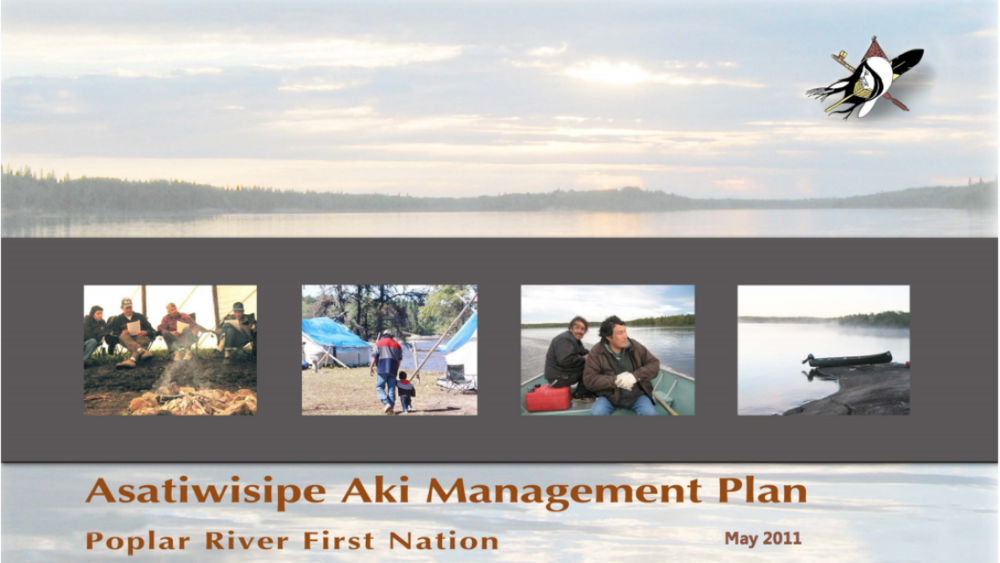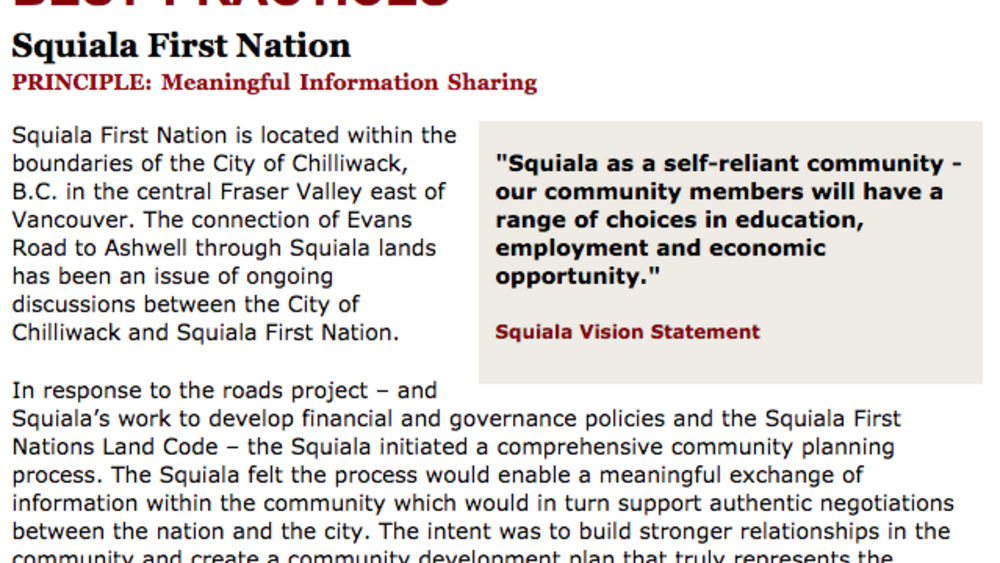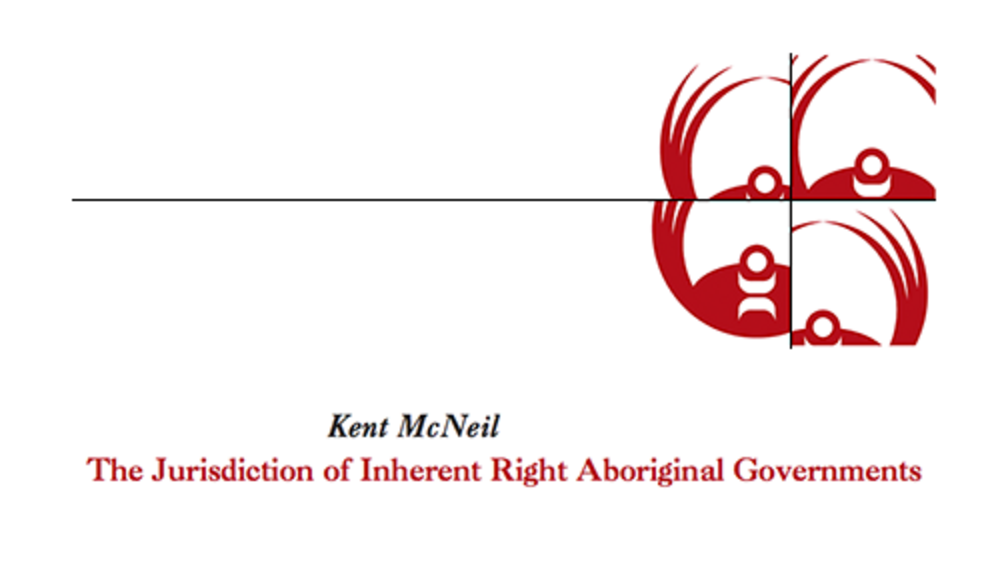Indigenous Governance Database
Land/Jurisdiction

Declaration of Tsawwassen Identity & Nationhood
We are Tsawwassen People "People facing the sea", descendants of our ancestors who exercised sovereign authority over our land for thousands of years. Tsawwassen People were governed under the advice and guidance of leaders, highborn women, headmen, and speakers through countless generations...

Exercising Sovereignty and Expanding Economic Opportunity Through Tribal Land Management
While the United States faces one of the most significant housing crises in the nation’s history, many forget that Indian housing has been in crisis for generations. This report seeks to take some important steps toward a future where safe, affordable, and decent housing is available to Native…

Race and American Indian Tribal Nationhood
This article bridges the gap between the perception and reality of American Indian tribal nation citizenship. The United States and federal Indian law encouraged, and in many instances mandated, Indian nations to adopt race-based tribal citizenship criteria. Even in the rare circumstance where an…

The Peoples' Forest: Emerging Strategies on the Mescalero Apache Forest Reserves
This case raises questions about how American Indian Tribes reshape the care of forests on Indian lands by coordinating science-based forestry methodology and traditional ecological knowledge to meet their goals. Working the case, students are challenged to look for ways that the Mescalero Apache…

Asatiwisipe Aki Management Plan
The Asatiwisipe Aki Management Plan arises from several earlier initiatives by Poplar River First Nation. Poplar River has completed a variety of studies for the planning area, including traditional knowledge and community history interviews with Elders, traditional land use studies, archaeological…

Best Practices Case Study (Territorial Integrity): Yakama Nation
The Yakama Nation is located in central Washington State. Their struggles with land loss began over 150 years ago when, in 1855, the federal government pressured the Yakama to cede by treaty more than ten million acres of their ancestral homelands. In the latter half of the 1800s and early 1900s,…

Why Treaties Matter: Relations: Dakota & Ojibwe Treaties
Ojibwe and Dakota people in what is now Minnesota signed dozens of treaties with the United States. Among these treaties are famous land cession agreements in which sovereign American Indian groups retained ownership or use of natural resources — land, water, timber, minerals — or transferred these…

Sovereignty Under Arrest? Public Law 280 and Its Discontents
Law enforcement in Indian Country has been characterized as a maze of injustice, one in which offenders too easily escape and victims are too easily lost (Amnesty International, 2007). Tribal, state, and federal governments have recently sought to amend this through the passage of the Tribal Law…

CCP HANDBOOK Comprehensive Community Planning for First Nations in British Columbia
The First Nations of British Columbia have rich and varied cultures, histories and traditions. They are becoming increasingly involved in comprehensive community planning as a way of embracing change and planning a better future for their communities. Comprehensive community planning is a holistic…

Best Practices Case Study (Territorial Integrity): Haida Nation
Haida Gwaii (formerly known as the Queen Charlotte Islands) is an archipelago on the coast of B.C. Haida Gwaii is the pristine home to some of the world's best remaining stands of cedar, hemlock and Sitka spruce. In 1974, controversy began over logging permits being issued in Haida Gwaii. Haida…

Best Practices Case Study (Meaningful Information Sharing): Squiala First Nation
Squiala First Nation is located within the boundaries of the City of Chilliwack, B.C. in the central Fraser Valley east of Vancouver. The connection of Evans Road to Ashwell through Squiala lands has been an issue of ongoing discussions between the City of Chilliwack and Squiala First Nation. In…

Best Practices Case Study (Respect the Spirit in the Land): Champagne and Aishihik First Nations
Located in far north-western British Columbia, Tatshenshini-Alsek Park was one of the last areas of B.C. to be mapped. The area's earliest residents were the Tlingit and Tuchone First Nations. Today, with the park in the traditional territory of the Champagne and Aishihik First Nations (CAFN),…

Best Practices Case Study (Transparency and Fairness): Westbank First Nation
The Westbank First Nation is located in south-central British Columbia in the Okanagan Valley. In the mid-1980s, conflicts within the Westbank First Nation council created significant animosity among community members. The outcome was the Hall Inquiry which made recommendations around strengthening…

Indigenous Governance: Questioning the Status and the Possibilities for Reconciliation with Canada's Commitment to Aboriginal and Treaty Rights
Indigenous peoples have always had governance. This fact has been a matter of great debate among Canadian politicians and scholars for many years, but there is little doubt that Indigenous Nations had developed for themselves complex systems of government prior to colonization. The…

From Gove to Governance: Reshaping Indigenous Governance in the Northern Territory
This paper attempts to identify the key challenges facing Indigenous people and governments in reshaping the architecture of Indigenous governance in the Northern Territory of Australia, and considers some strategic options for a way forward. First, a brief historical background is provided to…

The Jurisdiction of Inherent Right Aboriginal Governments
Since the recognition of Aboriginal and treaty rights in Canada by section 35(1) of the Constitution Act, 1982, the inherent right of the Aboriginal peoples to govern themselves has become a generally accepted aspect of Canadian constitutional law. But what is the scope of the…

Native American Lands and Natural Resource Development
The rules that govern oil, gas and mining on American Indian tribal lands are complex, and the tribes that seek economic development through natural resources face a range of challenges. In this report, Revenue Watch gives an overview of the issues and describes current approaches to natural…

Like An Ill-Fitting Boot: Government, Governance and Management Systems in the Contemporary Indian Act
Few people are satisfied with the Indian Act, but no one will deny its importance. For the individuals to whom it applies, the Act is a basic and specific constitutional document. It defines their rights and entitlements, their citizenship and their relationship to the federal and provincial…
Pagination
- First page
- …
- 10
- 11
- 12
- …
